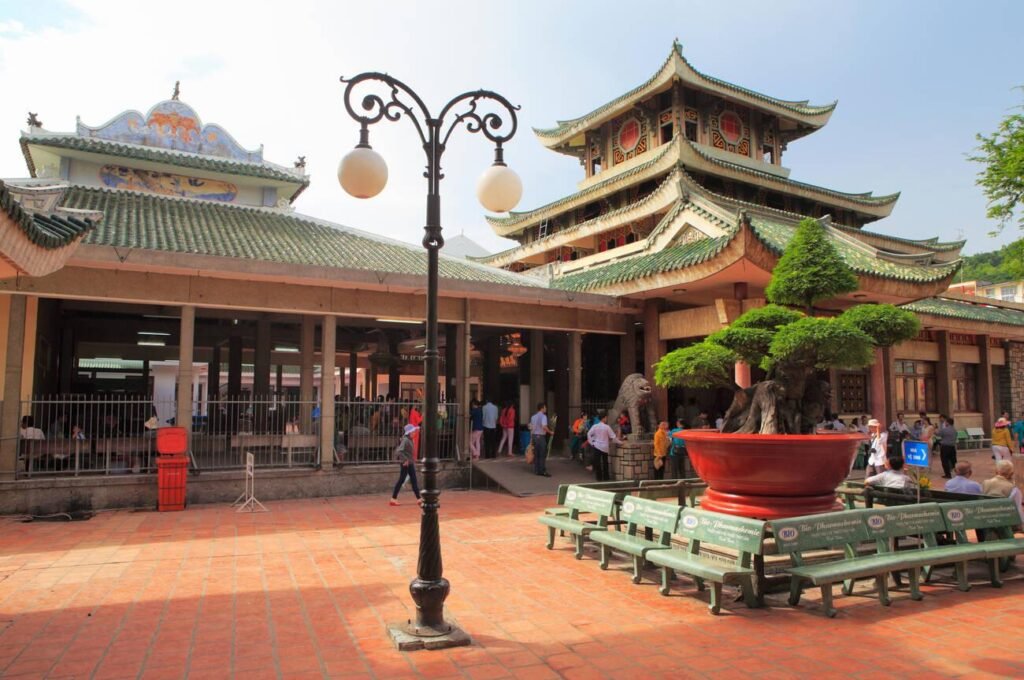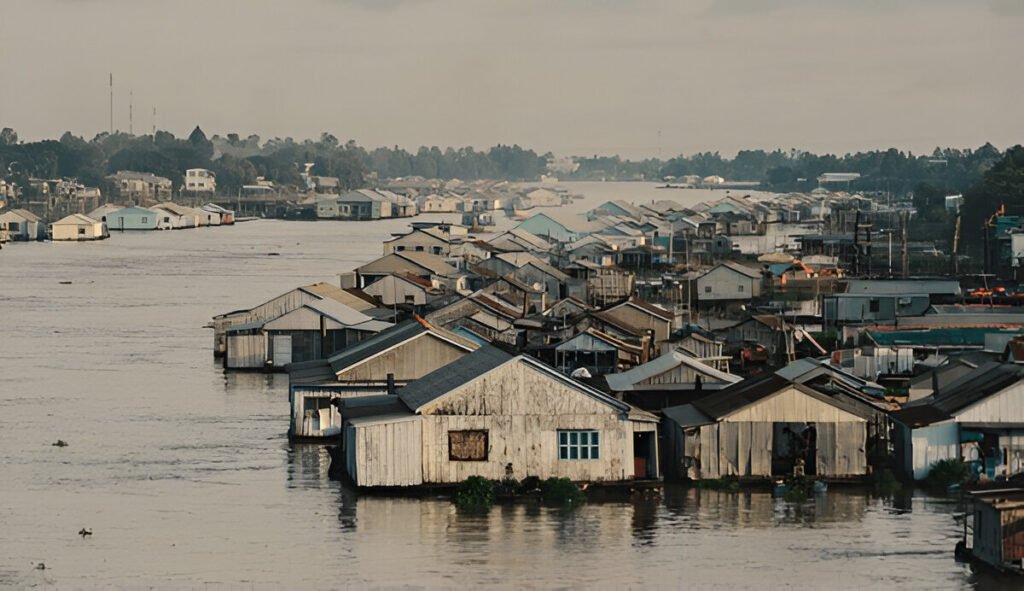Introduction:
In the heart of Phnom Penh, the bustling capital city of Cambodia, lies an attraction that paints a chilling picture of the country’s not-too-distant past. The Tuol Sleng Genocide Museum, also known as S-21 Prison, is a testament to Cambodia’s troubled history, revealing the atrocities committed during the Khmer Rouge regime from 1975 to 1979. It’s a place that reminds us of the human capacity for brutality but also resilience and survival. Although sobering, a visit to Tuol Sleng is a must for anyone seeking to understand Cambodia’s past and its journey towards healing and reconciliation.
A Haunting Journey into Cambodia’s Past at Tuol Sleng Genocide Museum
Walking through the gates of the Tuol Sleng Genocide Museum, visitors are greeted with an eerie silence that tells tales of unspeakable horror. The former high school turned prison is a stark reminder of the atrocities committed during the Khmer Rouge’s reign. With its preserved cells, torture devices, and haunting photographs of the victims, the museum presents a grim glimpse into Cambodia’s troubled past.
The building itself is a silent witness to the torture and execution of an estimated 20,000 prisoners who passed through its gates. The bare rooms, still bearing the marks of its grim history, potently evoke the terror experienced by those unfortunate enough to be brought here. Row upon row of black and white photographs of the victims, their eyes expressing fear and resignation, further humanize the scale of the atrocities committed here.
In its stark and unflinching look at the past, Tuol Sleng Genocide Museum serves as a poignant memorial to the victims of the Khmer Rouge regime. The museum’s curation does not shy away from presenting the harsh realities of the period, making it a deeply moving, if somber, experience for visitors.
Finding Hope amid Tragedy: Lessons from Cambodia’s Troubled History
In the midst of the horrific exhibits of brutality, the Tuol Sleng Genocide Museum also showcases stories of survival and resilience. The museum is dedicated not only to remembering the past but also to educating future generations about the importance of human rights. Through its numerous exhibits, the museum offers an opportunity to learn about the history of Cambodia in a deeply personal and impactful way.
The narratives of survivors offer a glimmer of hope amid the tragedy. These stories demonstrate the resilience of the human spirit and the capacity for survival in even the most desperate of circumstances. They remind us of the need for vigilance in the face of oppression and the importance of standing up for human rights.
Even as the Tuol Sleng Genocide Museum tells a story of unimaginable horror, it also celebrates the strength and resilience of the Cambodian people. It serves as a symbol of the country’s recovery and growth since the dark days of the Khmer Rouge regime. This transformative narrative is a powerful part of the museum’s appeal, offering lessons of hope and recovery that resonate well beyond Cambodia’s borders.
Conclusion:
The Tuol Sleng Genocide Museum is a moving testament to Cambodia’s troubled past. It’s an attraction that strongly affects its visitors, evoking emotions and sparking reflections on the country’s history and the broader themes of human rights and resilience. While a visit to the museum may be heart-wrenching, it’s also inspirational in the way it honors the victims and survivors of the genocide. As you stand in the quiet corridors of the S-21 Prison, you are not only witnessing the remnants of a dark era in Cambodia’s history but also the resilience and the unbreakable spirit of its people. There’s no better place to understand the deep scars and the enduring spirit of Cambodia than at the Tuol Sleng Genocide Museum.






